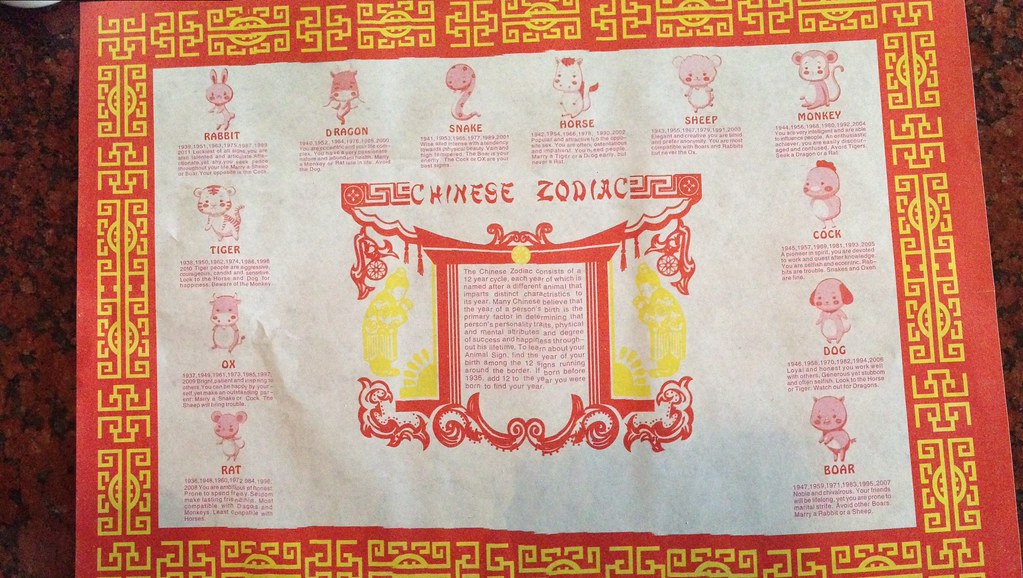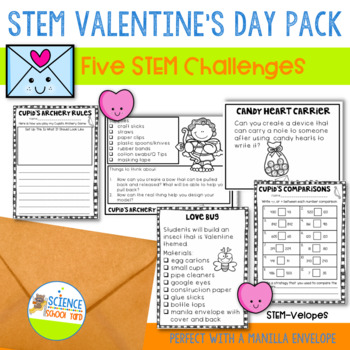Kids love chemical reactions however, I think they are always waiting for something to explode. You can easily find ways to cover the NGSS concept of structures of matter...more specifically chemical vs. physical change...without anyone or anything blowing up!
Four Ways to Cover Chemical Reactions and Structures of Matter:
1. Vocabulary (always key to comprehending a concept)
In order for students to really grasp the idea of what they see or don't see, you need to focus on helping them understand the vocabulary words they will be hearing as well as demonstrating.
Some quick ideas:
1. anchor chart and sticky tab draw what you know. Have one side of the room draw Physical changes and the other side draw chemical changes
2. Digital review games which you can find HERE {Digital Chemical and Physical Reaction Review}
3. Task Card and QR code Scoot games which you can find HERE {Mixtures and Solutions Task Cards}
4. Lapbooks which you can find HERE {Mixtures and Solutions Lapbook}
2. Fun and Engaging Activities That Are Easy to Show

Grab some dollar store glow sticks and teach the concept behind how they glow and you have your first idea.
Grab Cranberry Juice, citric acid, and baking soda and you are onto your second idea!
Grab some pennies and some liquids and show how acids clean pennies in this quick chemical reaction activity! Make sure you have ketchup because it does an amazingly quick job getting any patina off of a penny! I also love vinegar, baking soda and water, Coke, window cleaner, and water as a control. You can always add different liquids that you have.
3. Set Up Experiments That Use Everyday Household Materials
Bath Bombs are all the "bomb"! With any holiday from Mother's Day to Christmas you can make this with your kiddos and send home a little gift!
All you need:
¾ cup Epson Salt
½ cup Kosher Salt
¼ cup baking soda
3-5 drops of essential oils
food coloring
container/baggie to hold the salts
Another fun favorite is Silly Putty! For this polymer you need: (yes, polymer which you can read all about in this great Science Buddies Link not to mention a few more ideas)
Silly Putty Recipe:
¼ cup white glue
2 TB Laundry Soap(have extra)
cup
Steps:
1.Mix
2.Knead (if sticky add more laundry soap)
And don't forget good ole' Oobleck or Slime! Oobleck is a great way to teach non-Newtonian Fluids and all you need is corn starch and water and a little food coloring! Find the pack full of fun Oobleck Connections HERE.
4. Physical and Chemical Reaction Observations
Now, I have to say we use the FOSS mixtures and solutions kit for our chemical experiments, but if you don't have this kit then here are some great ideas for quick and easy chemical reaction observations that are inexpensive and kids love them!
I use open and closed systems as a way to compare a plastic baggie and a cup with vinegar and baking soda because they are able to understand the difference.
You can also teach Natural Disasters and how humans can protect themselves by making volcanoes. All you need is baking soda and vinegar!
-Create boats that are propelled by baking soda and vinegar which is another creative take on these two ingredients, but with a STEM twist!
Sign up for my newsletter and get this experiment free in my Science School Yard Library!
-I love Mentos and Coke as well as Alka Seltzer and Water in old film canisters, too! Find the Alka Seltzer Rocket Lab HERE!

It is always hard to find easy and affordable ideas to teach a concept such as structures of matter, but with a little creativity and some help from the Science School Yard, you can find easy ways to teach chemical reactions! Know any other easy chemical reaction recipes or demonstrations you use? Share below. We would love to add to our list with your help!

























































